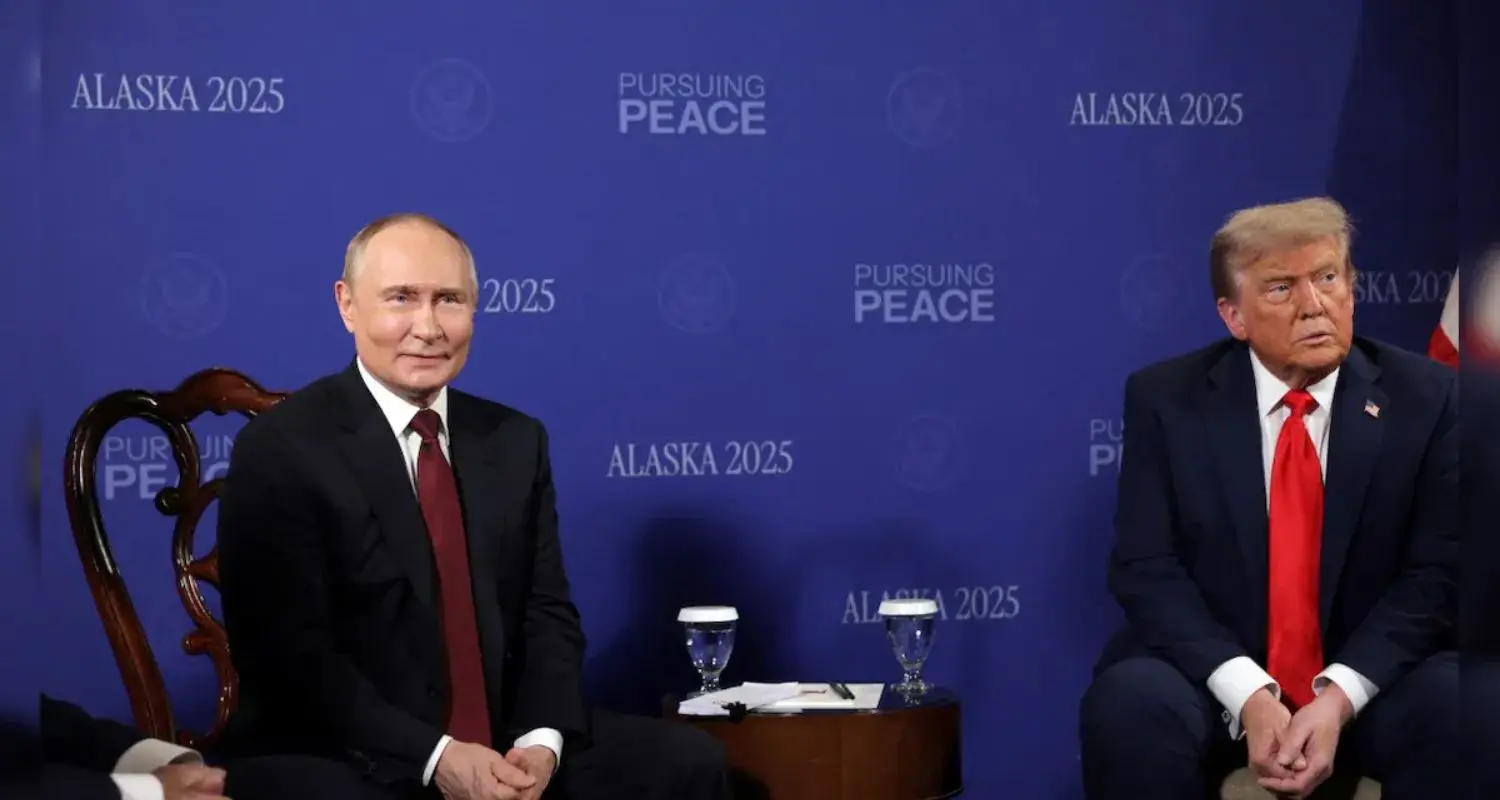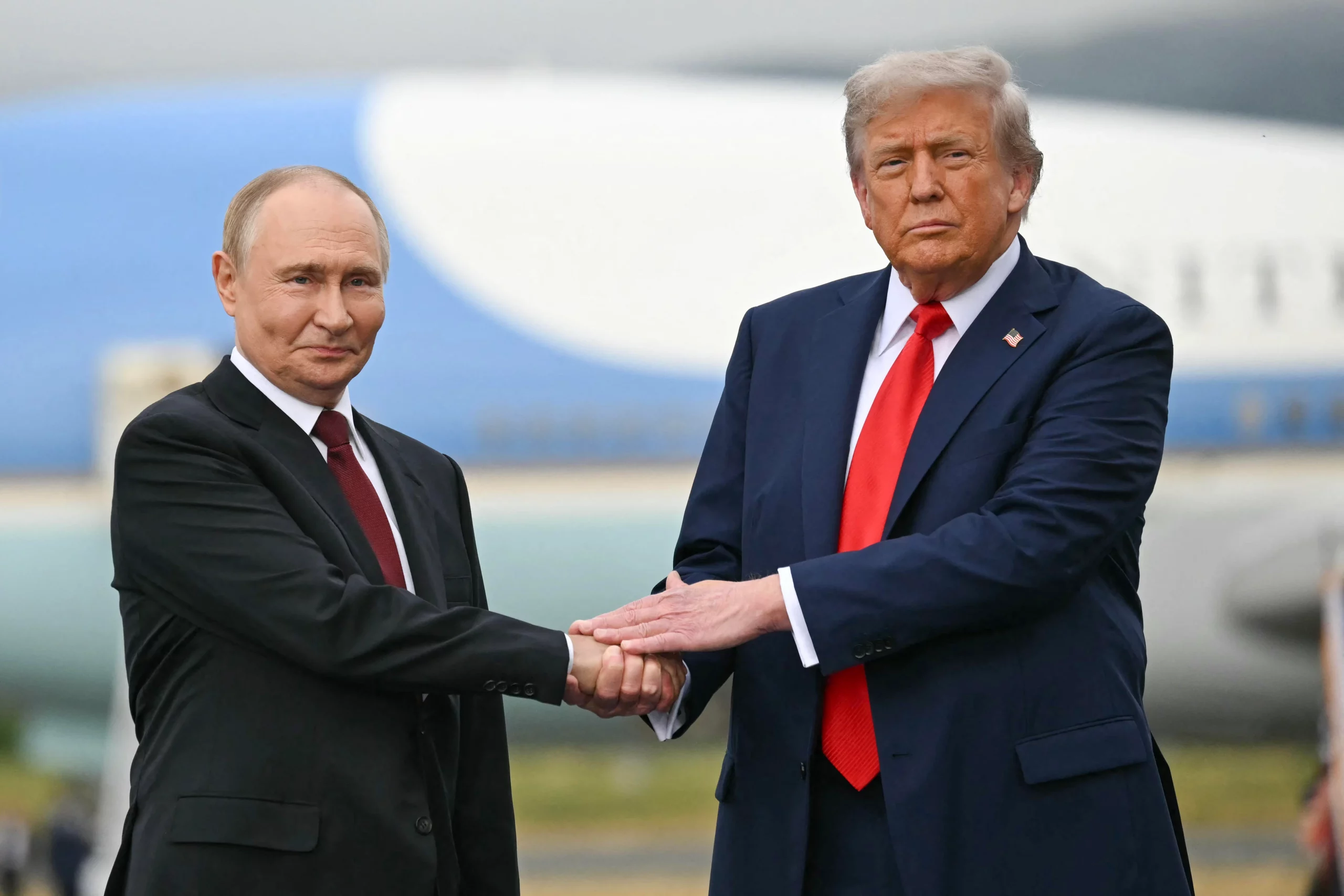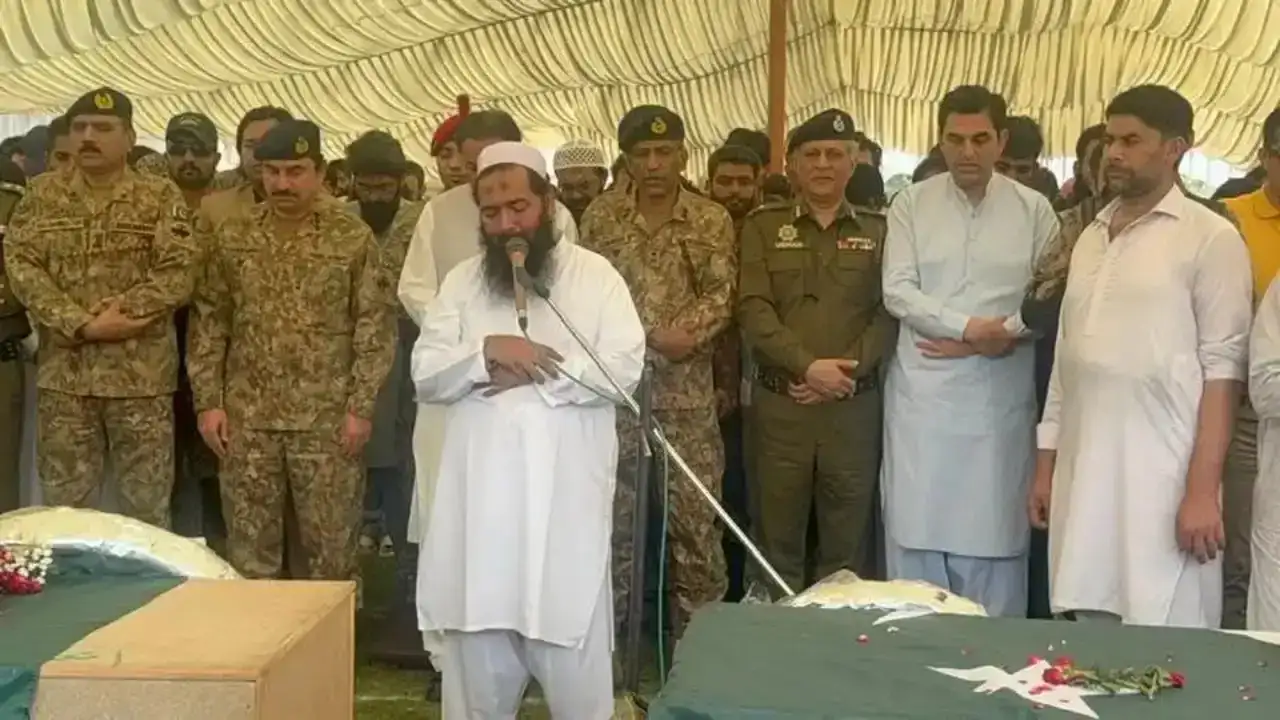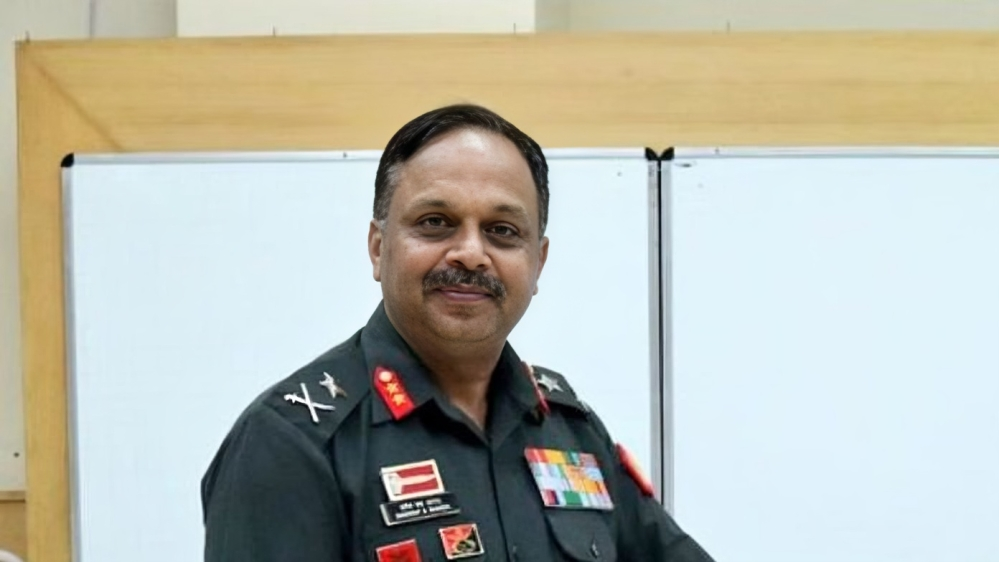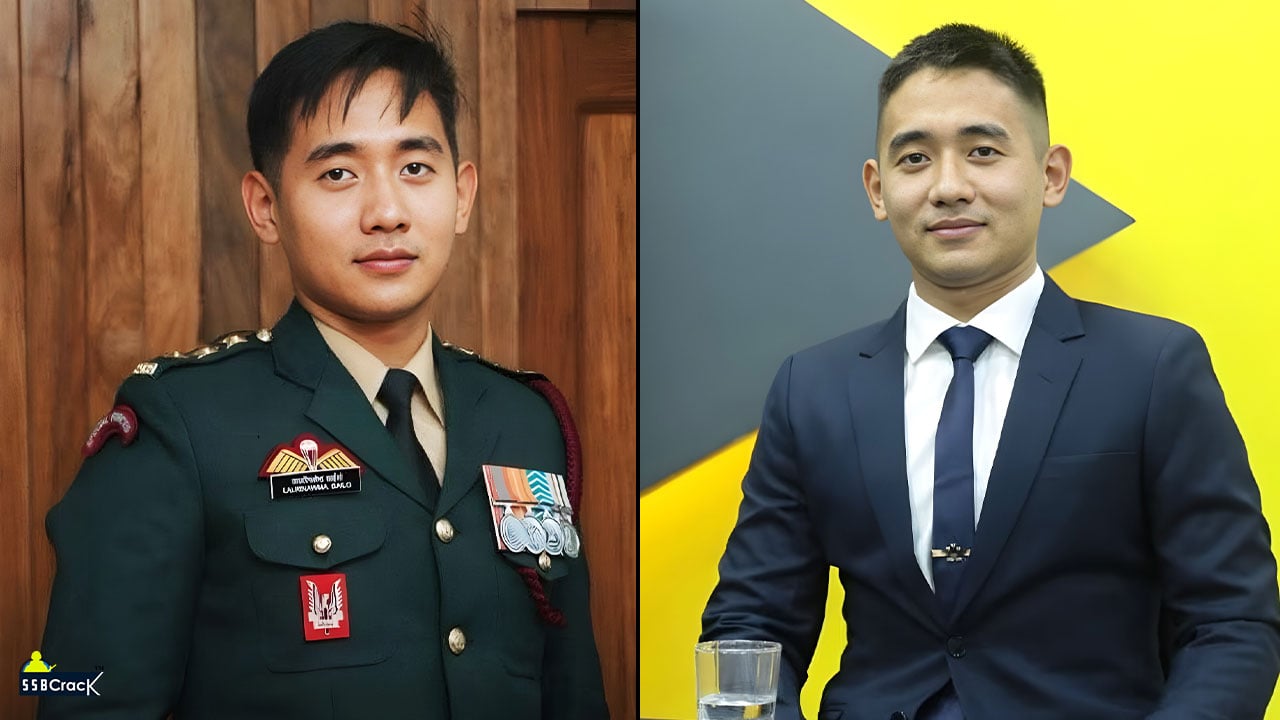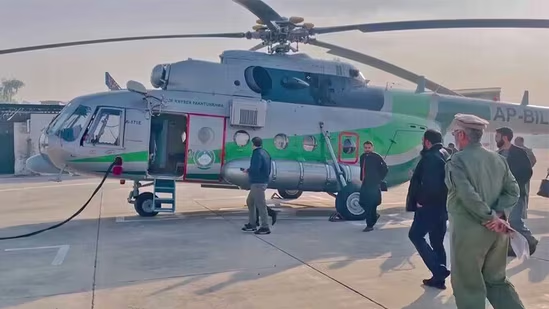“No Deal Until A Deal”: Trump and Putin End Alaska Summit Without Breakthrough on Ukraine
US President Donald Trump and Russian President Vladimir Putin concluded a high-stakes summit in Alaska on Friday, describing the talks…
“Maybe I Won’t Have To Do It”: Trump Hints at Reconsidering 25% Tariff on India Over Russian Oil
US President Donald Trump on Friday suggested he may reconsider the 25 per cent tariff on India over its continued…
155 Pakistani Soldiers Killed During Operation Sindoor as Pakistan Awards Top Civil and Military Officials
Pakistan marked its 79th Independence Day by honouring dozens of top military and civilian officials for their roles in the…
Meet Major General SS Sharda: Yudh Seva Medal Awardee Who Led Indian Army’s Information Warfare in Operation Sindoor
Major General Sandeep S. Sharda, Additional Director General (ADG) of Strategic Communication, has been conferred the prestigious Yudh Seva Medal…
Who is Captain Lalrinawma Sailo, 4 PARA (SF): First Mizo Officer to Receive the Kirti Chakra
In a moment of profound national pride, Captain Lalrinawma Sailo, an officer from the elite 4 PARA (Special Forces) unit…
Pakistan: MI-17 Helicopter Crashes During Flood Relief Mission, 5 Crew Members Killed
An MI-17 helicopter of the Khyber Pakhtunkhwa provincial government crashed on Friday during a rescue and relief operation in flood-hit…

